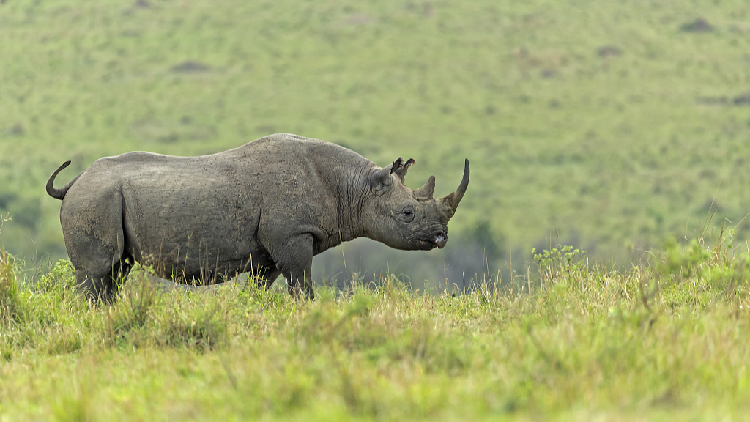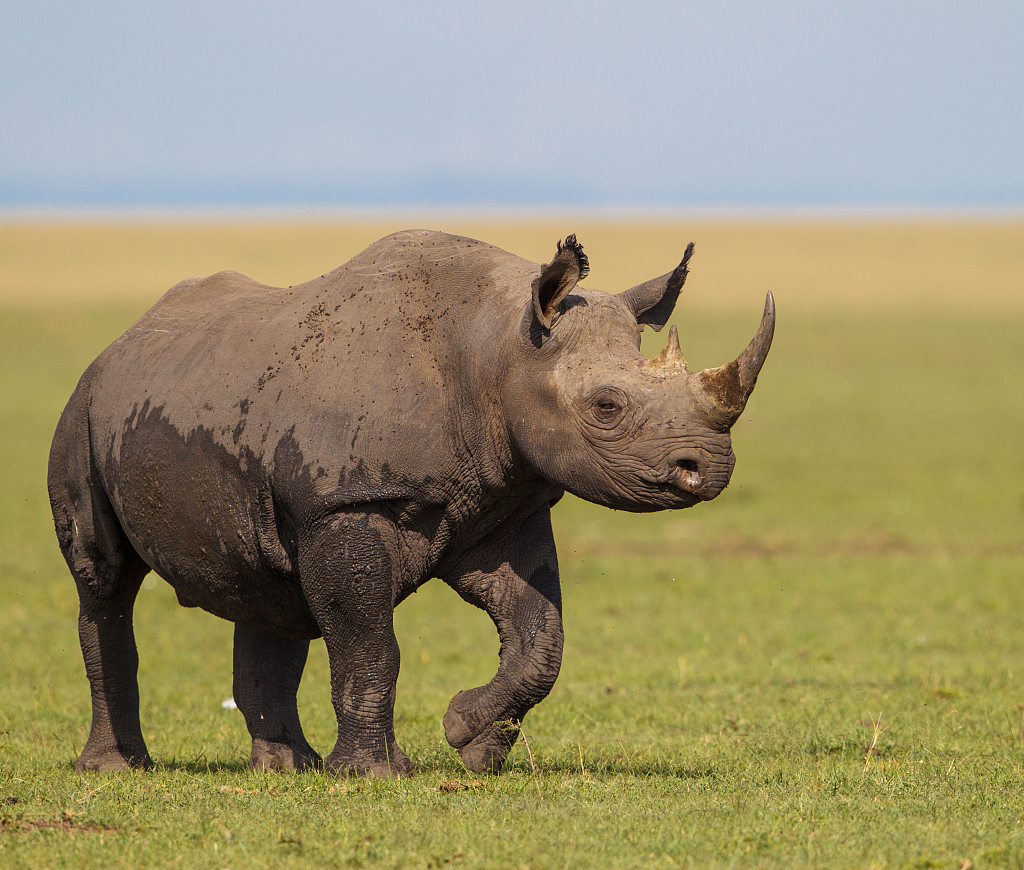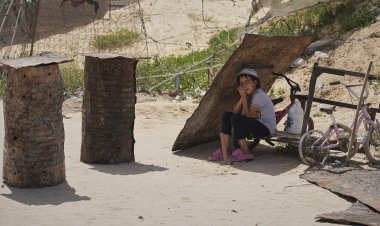Kenya begins relocating black rhinos to safer, less populated habitats
Kenya begins relocating black rhinos to safer, less populated habitats

The Kenya Wildlife Service (KWS) and conservation partners on Friday began the relocation of endangered black rhinoceros from a private sanctuary in the northern part of the country to less populated and poaching-free habitats.

Six black rhinoceros were relocated from Ol Pejeta Conservancy, in the northwestern county of Laikipia, to Loisaba Conservancy, in northern Kenya, to ease overcrowding and shield them from poachers.
"The rhino translocation exercise was part of a larger plan to translocate 21 black rhinos from various conservancies and the Nairobi National Park to Loisaba Conservancy to ease overcrowding in the existing habitats," the KWS and Ol Pejeta Conservancy said in a joint statement.
Kenya's rhinoceros population, estimated at 1,739, is the third-largest in the world after South Africa and Namibia. The estimate was based on a national wildlife census carried out by the KWS in May-July 2021.
The three-month census found that Kenya's black rhinoceros population stood at 897, while the population of white rhinoceros stood at 842. Both species have been grappling with mounting threats like poaching, habitat loss and climatic stresses.
Kenya intends to increase the black rhinoceros population to 2,000 in the next 14 years, according to the Ministry of Tourism and Wildlife.
Classified as critically endangered by the International Union for Conservation of Nature (IUCN), Kenya's black rhinoceros are mainly found in protected sanctuaries and in the wild, where they forage for pasture.
Philip Coulson, chair of the board at Ol Pejeta Conservancy, said they are using state-of-the-art technology to identify and capture black rhinoceros.
He said drones equipped with thermal imaging can identify black rhinoceros in forested landscapes and alert KWS rangers on the ground for a seamless capture and translocation exercise using customized trucks.
The latest black rhinoceros translocation exercise, according to Coulson, is also guided by a four-year black rhinoceros recovery and action plan in Kenya, which recommends that any habitat that has a species population above 50 percent of ecological carrying capacity should undertake removal at a minimum average of 5 percent of the population on an annual basis.
"One of the greatest challenges facing Kenya is the lack of suitable and secure space to offload the surplus rhino held in the various rhino sanctuaries across the country," Coulson said.
He noted that at least 500 rhinoceros will need to be moved across the country by the end of 2026, and Ol Pejeta Conservancy alone will relocate at least 30 rhinoceros, given the shrinking space for range expansion.
According to Coulson, investments in modern surveillance devices, electric fencing, adequately trained rangers and community engagement are key to averting the poaching of black rhinoceros.
He called for enhanced protection of the natural habitats of black rhinoceros to minimize conflicts with herders and subsistence farmers over pasture and water.
(Cover image via CFP)
Discover more Science and Technology news updates in TROIB Sci-Tech











